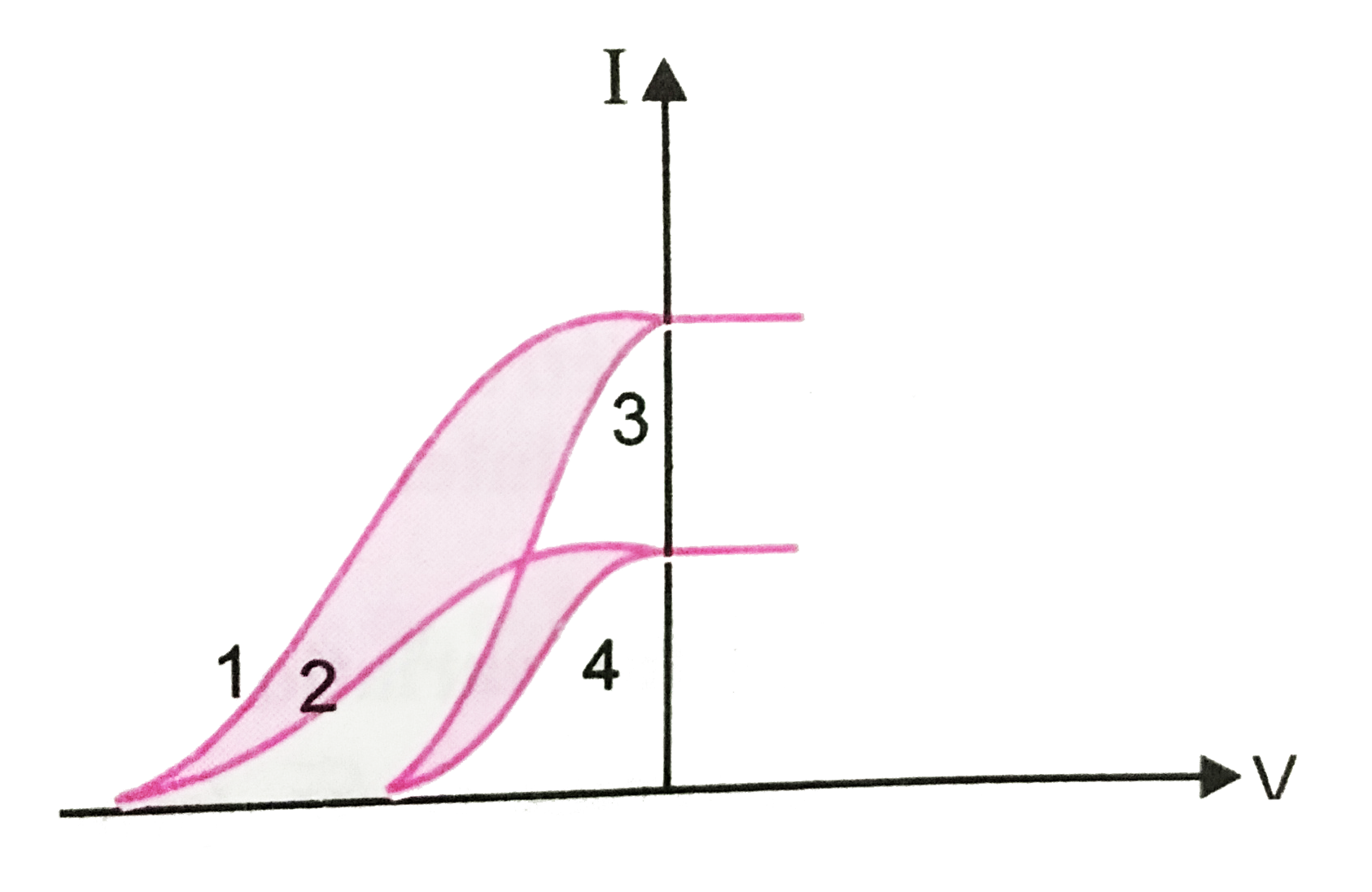"The strings used in a sitar are of different thickness and different materials." Why?
Step by step video & image solution for "The strings used in a sitar are of different thickness and different materials." Why? by Physics experts to help you in doubts & scoring excellent marks in Class 11 exams.
Updated on:21/07/2023Topper's Solved these Questions
- WAVESBOOK - ICSECHAPTER - WAVESEXERCISE - Doppler Effect, Musical, Sound, Noise
26 Videos
- WAVESBOOK - ICSECHAPTER - WAVESEXERCISE - Very Short Answer Questions
14 Videos
- WAVESBOOK - ICSECHAPTER - WAVESEXERCISE - Short Answer Questions.
32 Videos
- VECTORS SCALARS ELEMENTARY CALCULUS BOOK - ICSECHAPTER - VECTORS SCALARS ELEMENTARY CALCULUS EXERCISE - UNSOLVED PROBLEMS
79 Videos
Similar Questions
A sitar contains a number of wires of different thickness Why?
View SolutionWhich layer of the heart is responsible for differential thickness of different chambers?
View SolutionWhy do different planets have different escape speeds?
View SolutionThe system shown in figure is released is released from rest . Find acceleration of different string blocks and tenson in different strings.

View SolutionThin strings in a guitar give a higher pitch than a thick string.
View SolutionExplain why strings of different thickness are provided on a stringed instrument.
View Solution(A) : Two circular discs of equal masses and thickness made of different material, will have same moment of inertia about their central axes of rotation.
(R ) : Moment of inertia depends upon the distribution of mass in the body.
View SolutionThe graph of Fig. shows the variation of photoelectric current (I) versus applied voltage (V) for the two different photosensitive materials for two different intensities of the incident radiation. Identify the pairs of curves that correspond to different materials but same intensity of incident radiation.

View SolutionPresent day crops are different from their wild ancestors. Why?
View SolutionTwo thin films of the same material but different thickness are separated by air. Monochormatic light is incident on the first film. When viewed normally form point A, the second film appears dark.

View Solution
